Romans: Architecture
The typical building of pre-Roman Britain was the timber and thatch roundhouse. The Romans introduced the idea of rectangular plans, which were more suitable for packing buildings closely together along streets in planned cities.
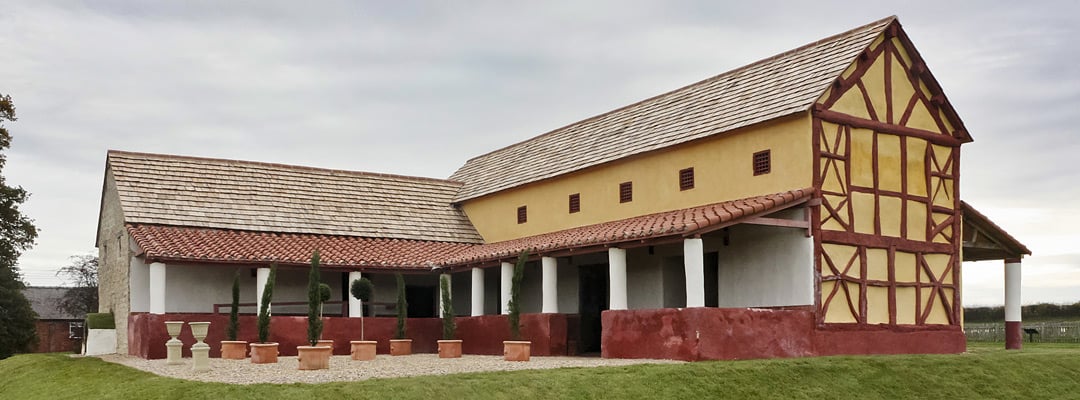
Villa Development
In the countryside, rectangular farmhouses began to appear alongside traditional roundhouses. During the 2nd and 3rd centuries the addition of a portico and projecting wings at either end turned many of these simple farmhouses into ‘winged-corridor’ villas.
Larger, more luxurious villas were elaborated over time, especially in the 4th century – at North Leigh, Oxfordshire, for example, wings were added to enclose a court, and at Lullingstone in Kent a fine apse-like dining room was added.
Aristocratic houses in British cities had a rather rural look. Unlike the compact houses built around open courtyards found in Mediterranean cities, they often developed rambling plans thanks to gradual additions, like their counterparts in the countryside.
CITY PLANNING
The ideal Roman city plan was based on a regular grid of streets, dividing up square building plots or insulae. In the central insula was the forum, or market square – with a basilica, or great hall, running the length of one side of the square, and the council chamber and civic offices adjoining it.
In forts like Chesters and Housesteads on Hadrian’s Wall, the central headquarters building was a small-scale version of the civic forum-basilica. Here, soldiers collected or banked their pay, the administration of the unit was carried out, and the commander could address his troops.
By the mid-2nd century AD, many of the 22 Roman towns in Britain had a full set of the public buildings that defined Roman settlements elsewhere: not just the forum and basilica but also bathhouses, temples and amphitheatres, as well as shops and offices.
The wealth and enthusiasm of British town councillors did not always live up to the Roman ideal. Not all street grids were filled with buildings, and public edifices were not always maintained in the later Roman period. The rich seem to have preferred to move to the country and develop large private estates rather than invest in urban public buildings. While great defensive walls were built around the cities, inside them the buildings were crumbling.
TEMPLES
Classical temples of conventional form, with pediments, columned porticos and podiums did exist, such as the temple of Claudius at Colchester and that of Sul Minerva at Bath. Architectural fragments found at Corbridge south of Hadrian’s Wall show that there was a series of small classical temples at this northern frontier town.
But much more common were the ‘Romano-Celtic’ shrines based on pre-Roman and Gallic prototypes. These were square, round or polygonal in form, with a central roofed chamber surrounded by an ambulatory (a place for walking). Maiden Castle in Dorset has remains of one of these shrines.
IMPERIAL PROJECTS
Roman engineering ingenuity was displayed in special projects that projected imperial power, such as stone-arched bridges. These were mainly confined to the northern frontier zone – most bridges in Roman Britain were built from timber.
Imposing remains of the stone bridge that once carried Hadrian’s Wall across the North Tyne survive at Chesters. Where most Roman public buildings were constructed out of mortared stone, the massive unmortared blocks of such bridges were locked together with tight, finely worked joints and iron clamps, lowered into position by cranes.
Other special imperial building projects include the great stores building at Corbridge, and the massive triumphal arch at Richborough in Kent, gateway to the province of Britain.
More about Roman Britain
-
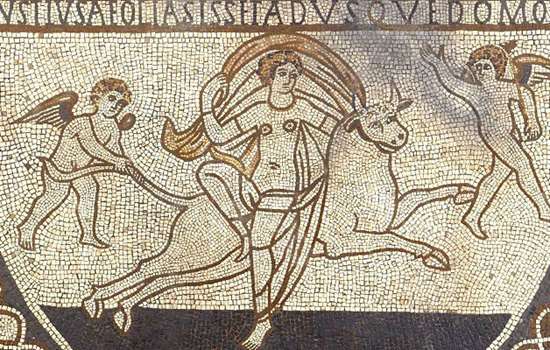
Romans: Art
Rome’s success was built on the organised and practical application of ideas long known to the ancient world.
-
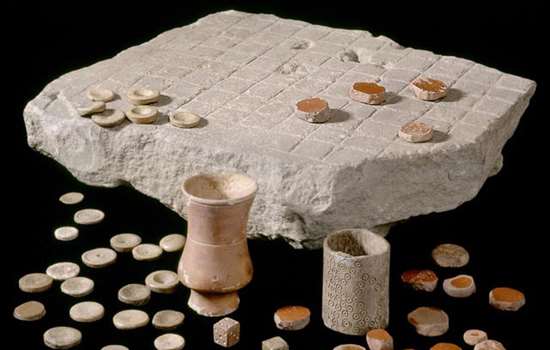
Daily Life in Roman Britain
The daily experiences of most people in Britain were inevitably touched by its incorporation into the Roman Empire.
-
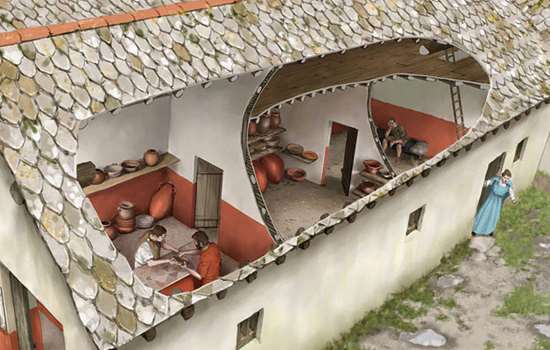
Romans: Commerce
Most people in Roman Britain made their livings from a mixture of subsistence farming and exchange of specialist goods.
-
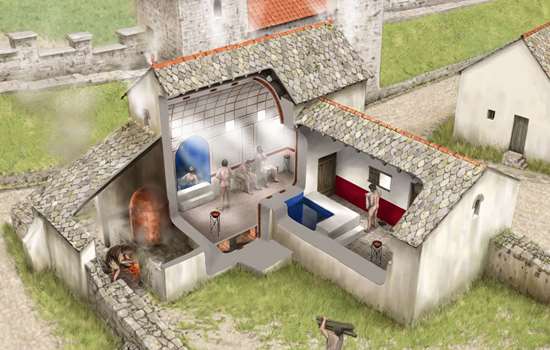
Roman Food and Health
Discover how the Roman conquest changed what people in Britain ate, and how they looked after their health.
-
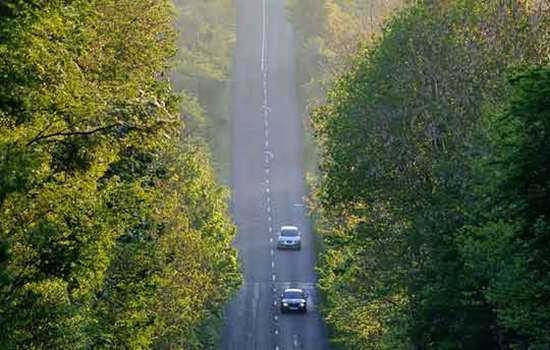
Roads in Roman Britain
Discover how, where and why a vast network of roads was built over the length and breadth of Roman Britain.
-
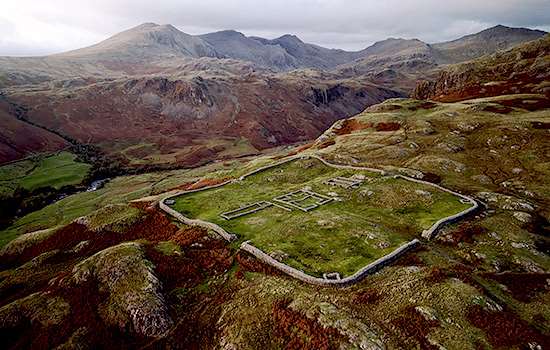
The Romans in the Lake District
Find out about the network of forts and roads the Romans built in the Lake District to control this area on the empire’s frontier.
-
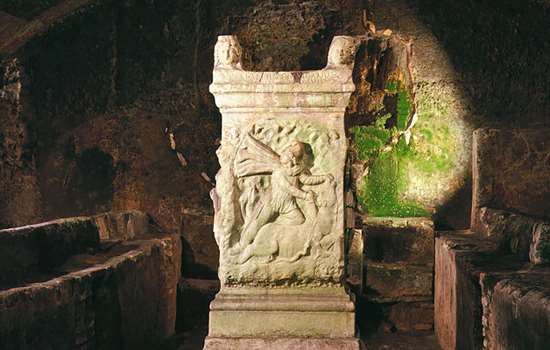
Roman Religion
The Romans were tolerant of other religions, and sought to equate their own gods with those of the local population.
-
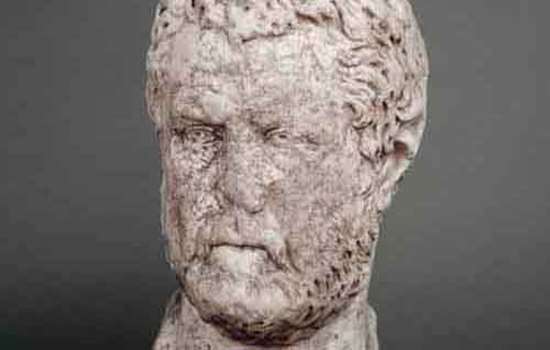
Romans: Power and Politics
Britain was one of some 44 provinces which made up the Roman Empire at its height in the early 2nd century AD.
Roman Stories
-
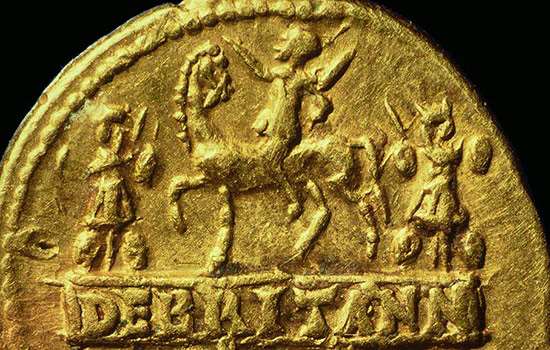
The Roman invasion of Britain
In AD 43 Emperor Claudius launched his invasion of Britain. Why did the Romans invade, where did they land, and how did their campaign progress?
-
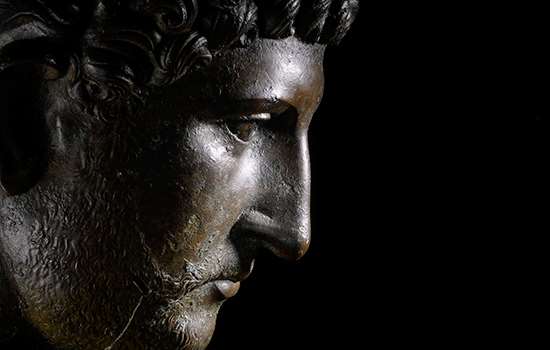
Emperor Hadrian
Discover the man behind the Wall. As emperor of the Roman Empire, Hadrian focused on securing the empire’s existing borders, and Hadrian’s Wall was the most impressive statement of this policy.
-
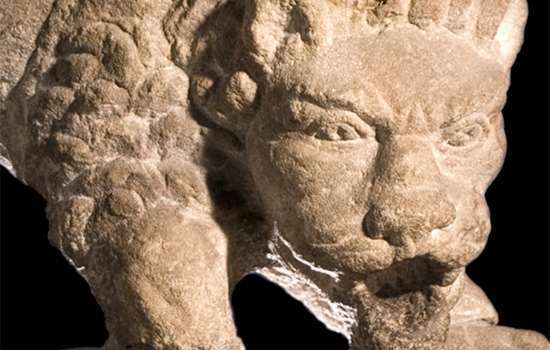
The Corbridge Lion and Changing Beliefs in Roman Britain
The exquisite sculpted lion discovered at Corbridge Roman Site offers a tantalising glimpse into the changing beliefs of Romans living in Britain.
-
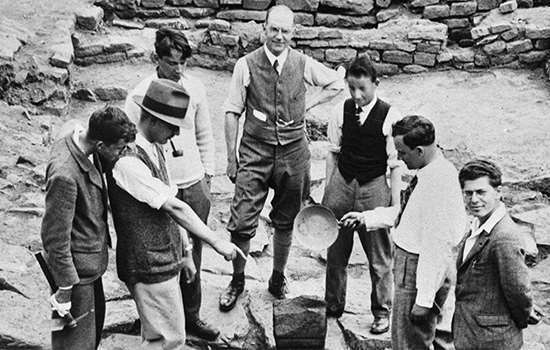
Uncovering the Secrets of Hadrian's Wall
The remains of Birdoswald Roman Fort have revealed more about Hadrian’s Wall than any other site along the Wall.
-

Mithras and Eastern Religion on Hadrian’s Wall
A remarkable sculpture of Mithras found on Hadrian’s Wall reveals religious and military connections with distant parts of the Roman Empire.
-

The Mysterious Absence of Stables at Roman Cavalry Forts
How recent archaeological excavations on Hadrian’s Wall have revealed why it has always been so difficult to discover where Roman soldiers kept their horses.
-
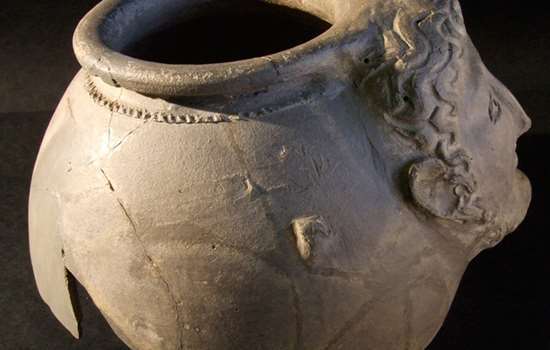
The Mysteries of Corbridge
From strange heads on pots to missing temples, there are many things about Corbridge Roman Town that continue to puzzle us.
-
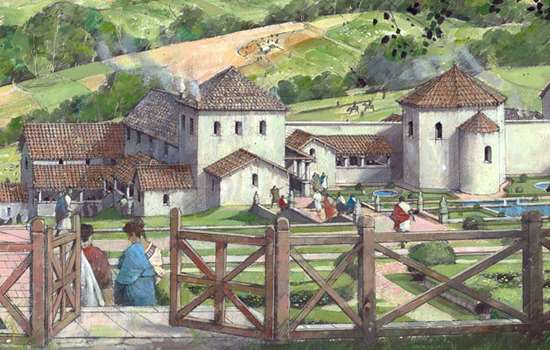
Country Estates in Roman Britain
An introduction to the design, development and purpose of Roman country villas, and the lifestyles of their owners.